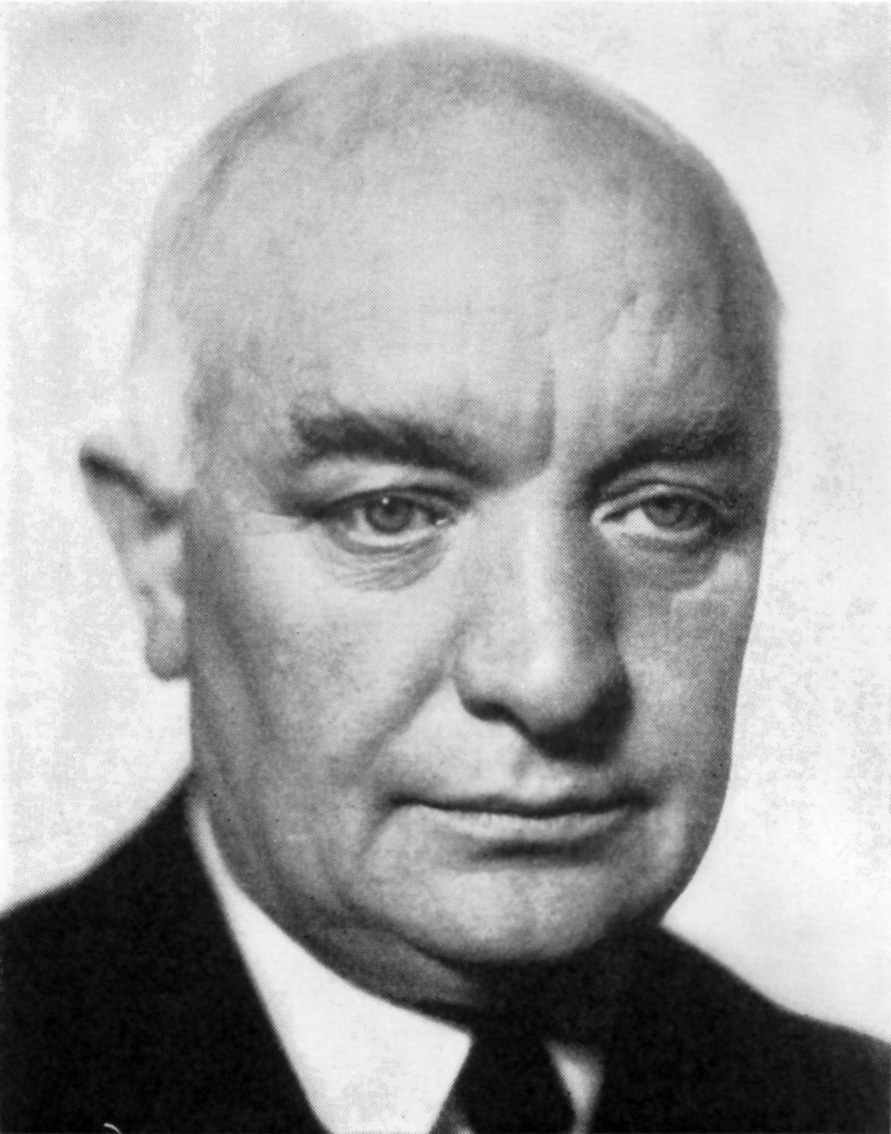- Per Albin Hansson
infobox Prime Minister
name=Per Albin Hansson
order=23rdPrime Minister of Sweden
term_start =1932
term_end =1936
1936–1946
predecessor =Felix Hamrin Axel Pehrsson-Bramstorp
successor =Axel Pehrsson-Bramstorp Tage Erlander
birth_date =birth date|1885|10|28|mf=y
birth_place =
death_date =death date and age|1946|10|6|1885|10|28|mf=y
death_place =
party=Social Democrats
spouse=Elisabeth Fryckberg
religion=Lutheran/Church of Sweden Per Albin Hansson (
October 28 ,1885 –October 6 ,1946 ), leader of the Swedish Social Democrats, was a Prime Minister in four governments between 1932 and 1946, including thecoalition government which was formed duringWorld War II , and included all major parties except the Communists.Politics
Politically Hansson advocated and worked for the introduction of a
welfare state system, which he called "Folkhemmet " (the People's Home). Hansson died inStockholm on6 October 1946 of a heart-attack he suffered while stepping off a tram at the Ålstens Gård station, after traveling home, as he always did, as an ordinary passenger on a tram. He is interred in theNorra begravningsplatsen in Stockholm.World War II
Sweden was neutral during
World War II , but cooperated and traded with both sides.The 1941 "Midsummer Crisis"
After the German invasion of the
Soviet Union in early summer of 1941;Operation Barbarossa , the Germans in June 22 asked Sweden for some military concessions. The Swedish government granted these requests for logistical support. (mainly German troop transports between Finland, occupied Norway, occupied Denmark)In Sweden the political deliberations surrounding this decision have been called the "midsummer crisis".Recent research by Carl-Gustaf Scott argues however that there never was a "crisis", and that : "the crisis was created in historical hindsight in order to protect the political legacy of the Social Democratic Party and its leader Per Albin Hansson." [From the abstract of: Carl-Gustaf Scott, "The Swedish Midsummer Crisis of 1941: The Crisis that Never Was" Journal of Contemporary History, Vol. 37, No. 3, 371-394 (2002) ( [http://jch.sagepub.com/cgi/content/abstract/37/3/371 SAGE JOURNALS ONLINE] )]Trade with the Axis and the Allies
To smelt the
steel required by the German Ruhr industry Germany was in 1939 - 1940 dependent on shipments of SwedishIron ore since access to the supplies from the mines in France, the traditional supplier, were cut off until the invasion of France. In 1939 - 1940 the Allies tried various ways to stop the shipments of Swedish ore, for example by mining Norwegian territorial waters. (seePlan R 4 )Also payments from the Allies reached in agreement to stop the sale of
steel toNazi Germany were brokenFact|date=May 2008, and the Germans were charged extortionate 'smugglers rates' for the steel.Fact|date=May 2008The sale of steeldubious to Hitler's Germany prolonged the war against Russiadubious where tanks played an important role.
A downed stray V2 rocket was also sold to the Allies in 1942, passing details of advanced nazi rocket engineering over. In effect, the main political priority was to avoid direct war engagement of Sweden during WWII, ignoring the greater moral issues and playing both sides for profit [ Winston Churchill - The Second World War. ISBN 978-0712667029] . During the latest stages of WWII, Sweden was no longer seriously threatened by invasion from the Allies or the
third Reich .Political legacy
In Swedish socialist circles Per Albin is still highly regarded.At the time many on the left wing regarded him as a traitor siding with the nazis.The poster below, is from the Swedish communist party protesting the use of Swedish railways by
Nazi troops.See also
*
Swedish neutrality during World War II
*Per Albin Line References
Wikimedia Foundation. 2010.
